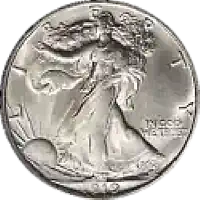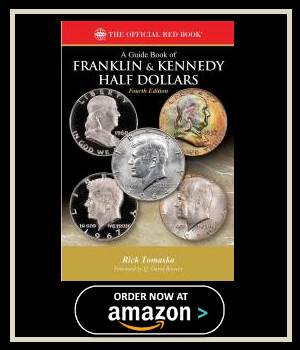
Walking Liberty Half Dollars
Early United States half dollars hold a prominent place in the numismatic world, representing a crucial chapter in American coinage history. These coins were minted during the 18th and 19th centuries, playing a pivotal role in the nation’s commerce and trade while also showcasing remarkable design evolution. In this extensive exploration, we delve into the various half-dollar series produced during this era, examining their designs, historical context, and their enduring allure for collectors. The earliest half-dollar series, known as the Flowing Hair half dollars, was struck from 1794 to 1795.
On the reverse side, we find an eagle, perched on a rocky outcrop, its wings spread wide. This majestic bird, a symbol of freedom and strength, reminds us of the resilience of the American spirit. The design of the Walking Liberty half dollar is not just aesthetically pleasing; it’s a powerful representation of the values and aspirations of the United States.
The Walking Liberty half dollar was part of a broader coinage renaissance in the early 20th century. The United States was making a conscious effort to move away from more traditional designs, like the Barber half dollar, which had been in circulation since 1892. The arrival of the Walking Liberty half dollar marked a significant departure from the previous design conventions, making it a significant numismatic achievement.


